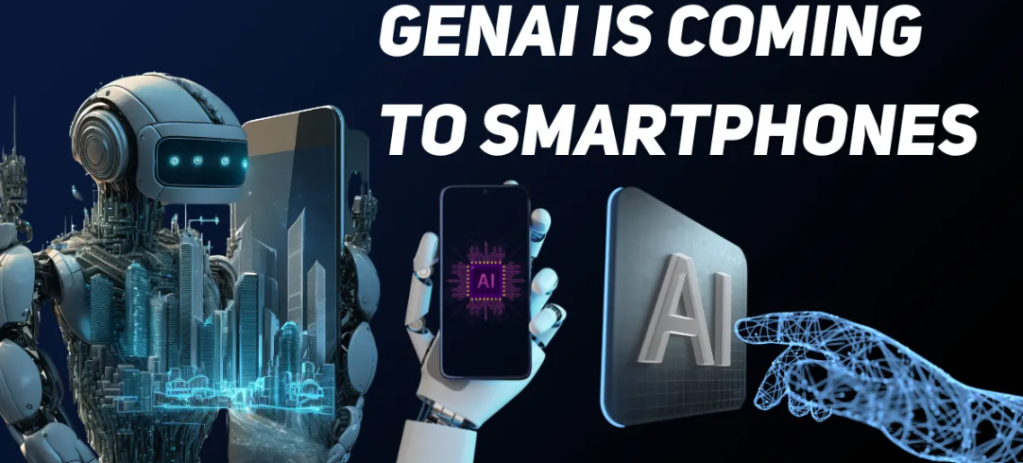If you believe in a good conspirary theory here’s one for you: the Internet is dead. It’s original, organically created contents purposely replaced by AI generated content by a malnevant government hell bent on world domination in order to exert control over us.
Fast Company explains:
“There’s been a popular theory floating around conspiracy circles for about seven or eight years now. It’s called the ‘Dead Internet’ theory, and its main argument is that the organic, human-created content that powered the early web in the 1990s and 2000s has been usurped by artificially created content, which now dominates what people see online. Hence, the internet is ‘dead’ because the content most of us consume is no longer created by living beings (humans).
But there’s another component to the theory—and this is where the conspiracy part comes into play. The Dead Internet theory states that this move from human-created content to artificially generated content was purposeful, spearheaded by governments and corporations in order to exploit control over the public’s perception.
Now, as a novelist, I love this theory. What a great setup for a tense techno-thriller! But as a journalist, I always thought it seemed pretty bonkers. That is, until recently. Lately, the Dead Internet theory is starting to look less conspiracy and more prophetic—well, at least in part.
Let me address the conspiracy part of the theory first. While all nation-states and corporations try to control narratives to some degree, it’s unlikely that any one or even group of them got together and said, ‘Hey, let’s get rid of all the human-generated content online and replace it with artificially created content.’ It would be too arduous a task and would require tens of thousands—maybe even hundreds of thousands—of people to keep their mouths shut so the public never finds out.
But the first part of the theory—that the internet’s human-created content is being replaced with artificially generated content—not only seems possible, it’s starting to feel plausible. This idea got its start sometime in the 2010s as bots became more and more prevalent on social media platforms. But an old-school bot never had the technological ability to generate completely fabricated images, videos, websites, and news articles. AI does.
Ever since ChatGPT burst onto the scenes in late 2022, people have been using it to generate content for websites, social media posts, and articles of all kinds. People have also been using AI image-generation tools to create an unending flood of photos, videos, and artwork, which now abound on mainstream social media platforms like Instagram, Facebook, Twitter, YouTube, and TikTok.
In recent months, this flood of AI-generated content has gotten especially bad on TikTok. Sometimes every second or third video I see in the app is AI-generated at every level: from the script to the narration to the accompanying images. And man, don’t get me started on Facebook…”
In the past I wrote about an idea I had wherein AI would generate likes and even comments on your posts to give you at least a little bit of engagement. That way you wouldn’t be discouraged when you produce content (like this very article) that no one is ever going to read. At least if you had some feedback you could get the ball rolling and then maybe the real comments would come in.
But if the content itself is also being AI generated then that could be a problem as people won’t be able to tell what’s real and what’s not and advertisers won’t be able to tell the difference either. Leading to a world where we consume content created by AI instead of real people and talk to AI chatbot versions of real people instead of the people themselves. AI run amok. Coating the Internet in AI slime that ruins everything.
Part of what makes the Internet great though is that it’s a random collection of everything that humanity has to offer. There’s million of websites and blogs out there and lots of unique niches for every possible interest that you may have. Rule 34 may apply to porn but it’s also true of the Internet itself. If you can think of it, there’s porn of it. Or in this case if you can think of, there’s probably a website or blog dedicated to it. If everything is AI generated, done purposefully or not, we’d lose that unique charm that makes the Internet the Internet.
So, for now let’s hope that the Dead Internet Theory remains just that. A theory.

Is the Dead Internet Theory true?!










:no_upscale():format(webp)/cdn.vox-cdn.com/uploads/chorus_asset/file/25447450/Google_Veo_Turle_gif__1_.gif)


